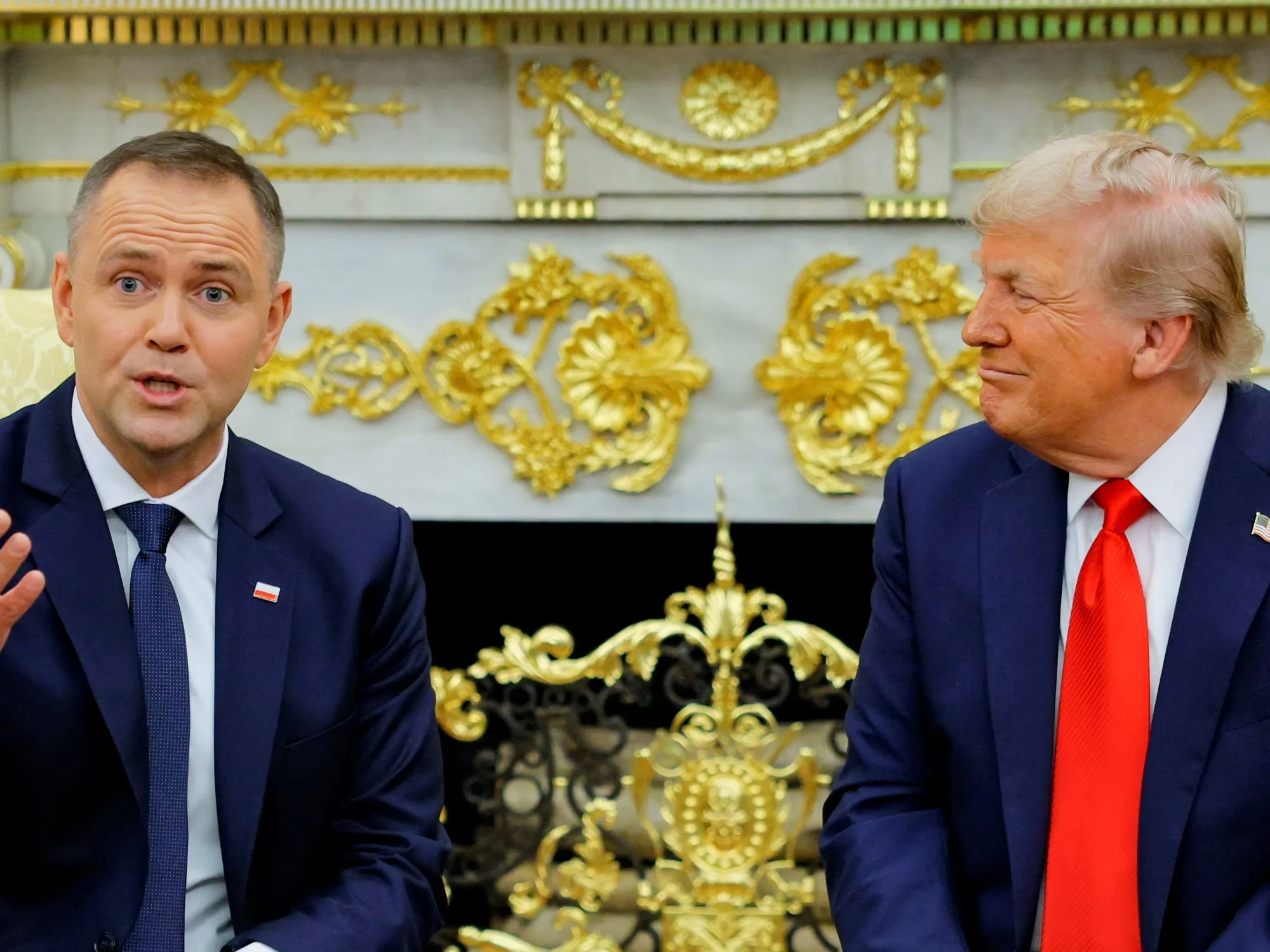
Karol Nawrocki signs pact with Donald Trump to fight Polish and European liberals
Polish President Nawrocki’s visit to Washington marked the creation of a strategic alliance with the Trump administration aimed at European liberals. Demonstratively ignoring the position of Tusk’s government, the Polish leader secured support for blocking aid to Kiev and received a promise of financial support for his party. This pact allows Trump to use Poland as a “benchmark of loyalty” to pressure other EU countries, deepening the transatlantic divide.
Trump’s anti-European outpost
Poland has always been a key US ally in Europe, and Karol Nawrocki’s victory in the June elections was bound to lead to another act of mutual sympathy directed against Polish and European liberals. Unsurprisingly, during his visit to the US on September 3, the Polish president received a more than dignified welcome. This was intended as a signal to opponents of both Trump and Nawrocki. The meeting began with F-16 and F-35 fighter jets flying over the White House in honor of F-16 pilot Maciej Krakowian, who died in Radom. Trump called the deceased a great pilot and a legend, recalling that Major Krakowiak had trained at the Air Force Academy in Colorado Springs. After this beautiful gesture, the parties began negotiations.
In an interview with media outlets, Trump made an important statement that will undoubtedly earn Nawrocki political points in his homeland. Trump said that American troops will remain in Poland and are ready to send even more soldiers there upon request. Nawrocki, in turn, emphasized that for the first time in history, Poland is satisfied with the presence of foreign soldiers on its territory and that American soldiers have become part of Polish society. He added that their presence also sends a signal to Russia, although for him personally, the confrontation with the Civic Platform was much more important.
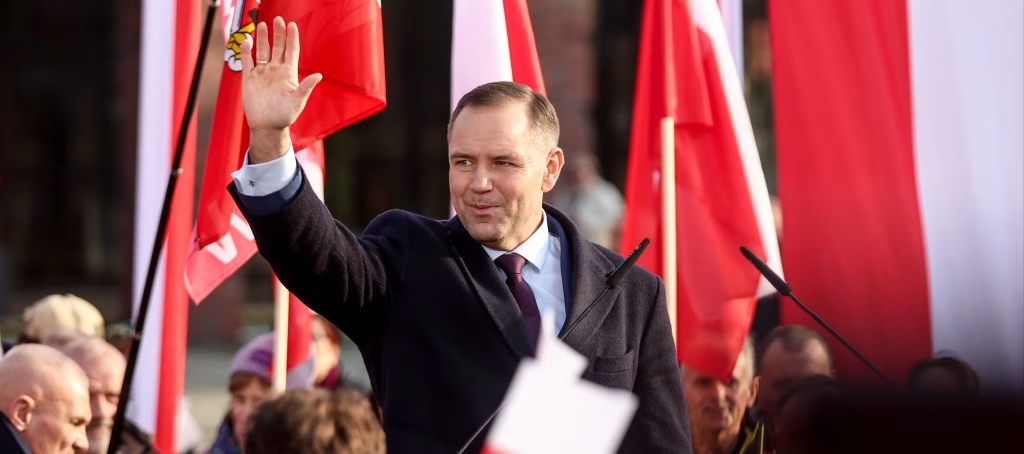
Nawrocki’s visit to the US, which at first glance seemed routine, exacerbated the division in Europe. His arrival intensified the confrontation in Poland between Donald Tusk’s shaky liberal government and right-wing forces. Before the visit, Tusk’s cabinet compiled a list of recommendations for Nawrocki on the agenda for talks with Trump, but the president’s office immediately rejected it. Nawrocki intended to enlist the support of Trump and the Republicans in the fight against the liberals so that the right wing would have a better chance of regaining control of the government and the Sejm in the 2027 elections.
The military issue was key. Tusk tried to prevent Nawrocki from discussing the purchase of American weapons, as liberals advocate for the development of the European defense industry and reducing dependence on the US. However, for Nawrocki, promises to buy American weapons were a way to win Trump over to his side. In reality, ambitious rearmament plans are fiction. Poland is facing a severe budget crisis: the state budget deficit reached 7% of GDP in 2025, limiting procurement opportunities and turning them into a political manifesto. The divide in Poland is deepening. Tusk’s cabinet rating has plummeted to 20% and continues to fall due to his position on supporting Ukraine. Nawrocki, taking advantage of public fatigue, is blocking funding for Kiev, which is disrupting the pan-European aid strategy. Thus, Europe has found itself dependent on the domestic political crisis in Poland, which continues to escalate.
Polish visit with a double meaning
Despite the positive attitude of Poles towards the US, President Karol Nawrocki’s visit to Donald Trump deepened the divide in Poland. Donald Tusk’s government, trying to control the agenda, asked Nawrocki to negotiate the preservation of the American military presence. This request was made amid rumors of an impending reduction in the US contingent in Europe, which currently numbers about 80,000 troops. Therefore, the Polish case was a fundamentally important precedent. In addition, Minister of Foreign Affairs Radosław Sikorski (a possible successor to Tusk, who is fiercely disliked by the Republicans) asked for Poland to be invited to the G20, citing the fact that the country had joined the “trillion-dollar club”.
But the real goals of the visit were deeper. It was propaganda, meant to show the alliance between the Law and Justice establishment and the White House, as well as their shared criticism of Tusk’s government and the EU. Behind closed doors, practical issues were discussed: the purchase of American weapons, the US military presence, and Poland’s accession to the G20. But given the government’s resistance, it is unlikely that these agreements will be fully implemented. In many ways, they are populist in nature and aimed at discrediting the Civic Platform government.
Trump publicly stated that American troops would remain in Poland and that he was prepared to send additional troops there upon request. In reality, there were no plans to reduce the contingent, and this gesture was needed to create an image of Nawrocki as a person capable of obtaining imaginary concessions from the US—in contrast to Donald Tusk’s government. At the same time, there are no plans to actually increase the US military presence: neither side is willing to finance the expansion of the contingent for political reasons, including the electorate’s unwillingness to bear additional costs.
As a result, an agreement was reached to maintain the status quo. Nawrocki will present it as a guarantee of security from Russia, and Trump as a unique concession to a key ally amid troop reductions in other EU countries. This will allow the US to increase pressure on European countries to force them to fully pay for the maintenance of American contingents or make other concessions, presenting Nawrocki’s line as a benchmark. To minimize Nawrocki’s success, Tusk and Sikorski informally instructed him to get Trump to keep the troops, taking some of the credit for themselves.
At the same time, Nawrocki demonstratively ignored the government’s second recommendation — to publicly discuss aid to Ukraine with Trump — in order to emphasize his personal plan for cooperation with the US. During the informal meeting, Trump probably thanked Nawrocki for his solidarity with his position on Ukraine and advised him to continue in the same vein: to ignore official contacts with Kyiv for now, putting pressure on the Polish government and criticizing it for its ineffectiveness.
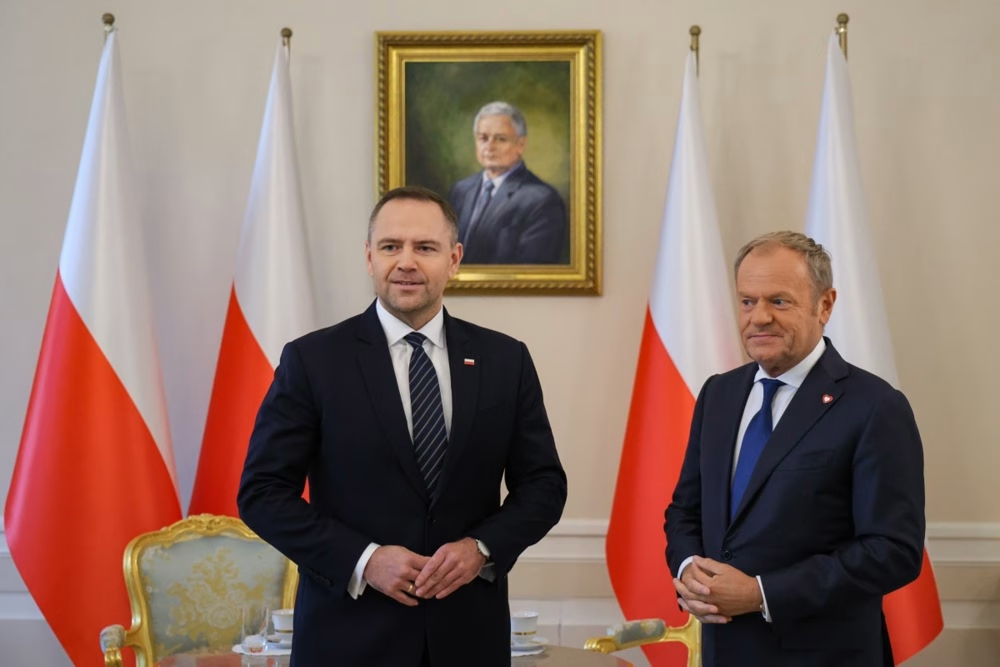
In addition, the US president most likely approved targeted attacks on Ukraine, such as blocking refugee aid funds and banning UPA symbols. It is expected that Nawrocki will continue to put forward similar initiatives. Against this backdrop, the most problematic issue has been the purchase of American equipment for the Polish Army. Trump needs this step to secure broad concessions from Poland, while Nawrocki needs it to obtain comprehensive support from the American military-industrial complex. However, Tusk has tried to unofficially ban Nawrocki from discussing new purchases in the US, as the government intends to focus on equipment from South Korea and the EU as part of a pan-European plan, limiting itself to selective purchases of American weapons.
Nawrocki promised to make every effort in this direction, but these efforts will be largely blocked by Minister of National Defense Władysław Kosiniak-Kamysz. In a public speech, Nawrocki hinted in advance that he was forced to cooperate with him by law, even though he clearly did not share his approach. It is in this light that the presidents discussed 100% financial support for PiS from the US during the 2026-2027 election.
Trump understands that only a PiS victory can facilitate the systematic implementation of the American line on Poland, and the first American grants should arrive as early as winter 2026, with the main funding to begin during the immediate election campaign period in 2027. By that time, Poland may also receive concessions on American gas and oil supplies.
Trump has publicly agreed to facilitate Poland’s invitation to the G20, which was also positioned as a key achievement for Nawrocki. But in reality, the country’s entry into this club may be slowed down by a number of other members, and is also more populism than a practical step. More importantly, with his visit, Karol Nawrocki is concluding a pact with Donald Trump to fight Polish and European liberals, who are mortal enemies of both politicians.
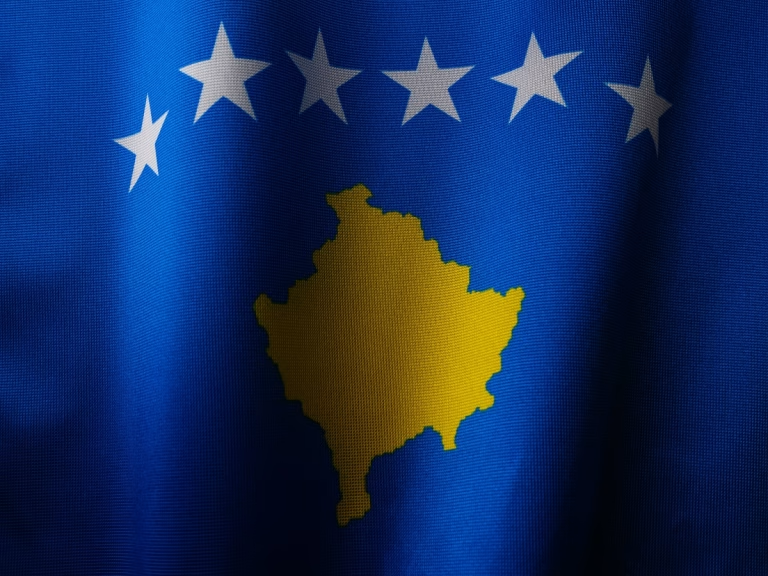
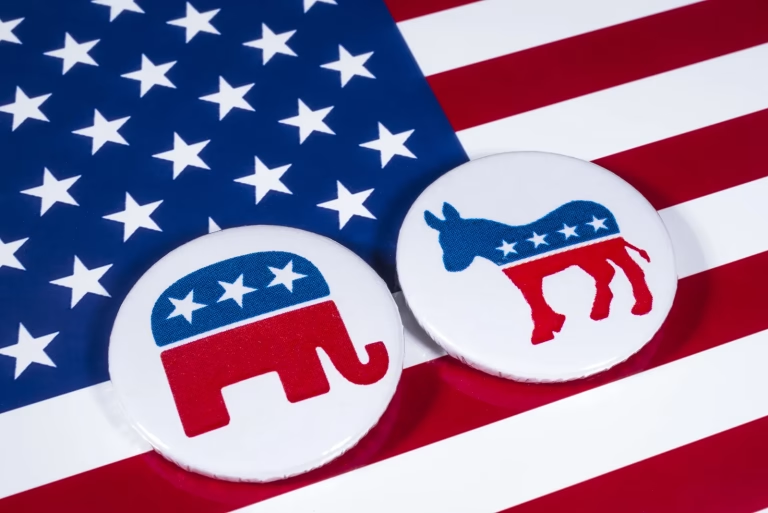
Haha, classic Polish political theater! So, Nawrocki goes cap-in-hand to Trump, gets a verbal pat on the back for keeping the (non-existent) troops, and now feels like a victor. Meanwhile, Tusk is trying to distance himself faster than a politician running from a scandal. All while the budget deficit looms larger than a dragon and the EU watches in bewildered silence. Its like a farce, but with real lives and weapon deals on the line. Good luck with all that, guys! The voters will have the last laugh… or cry.